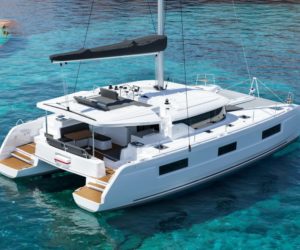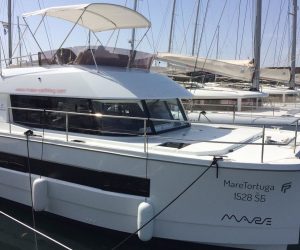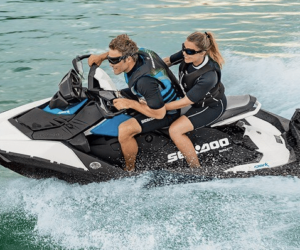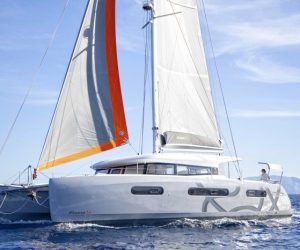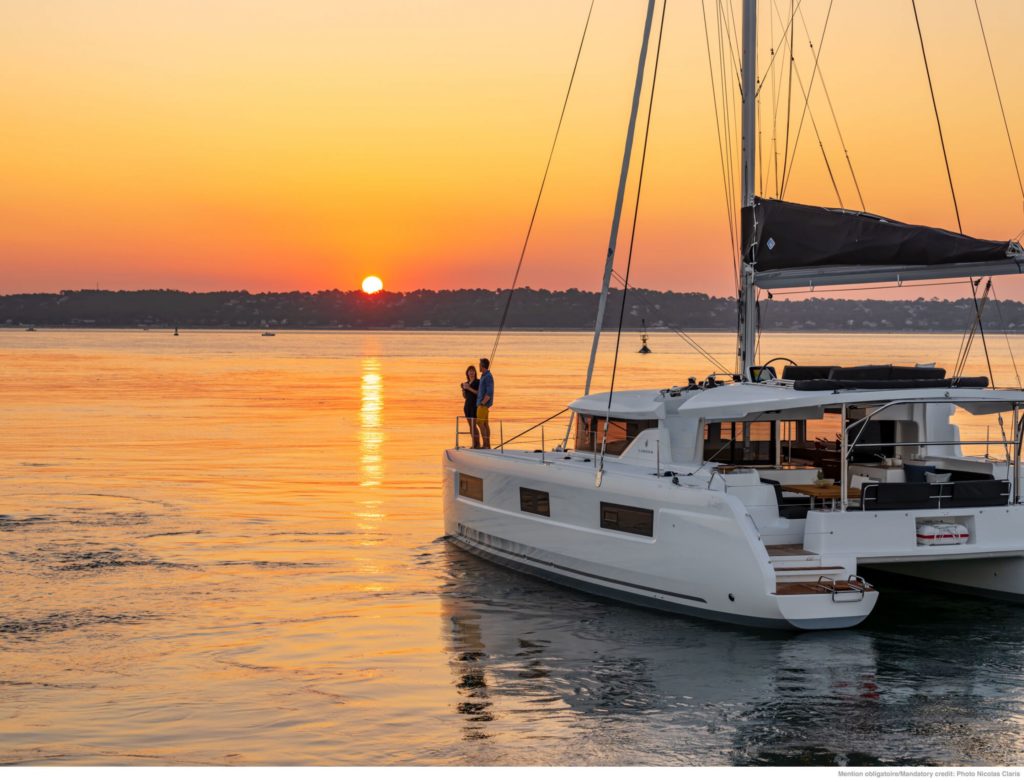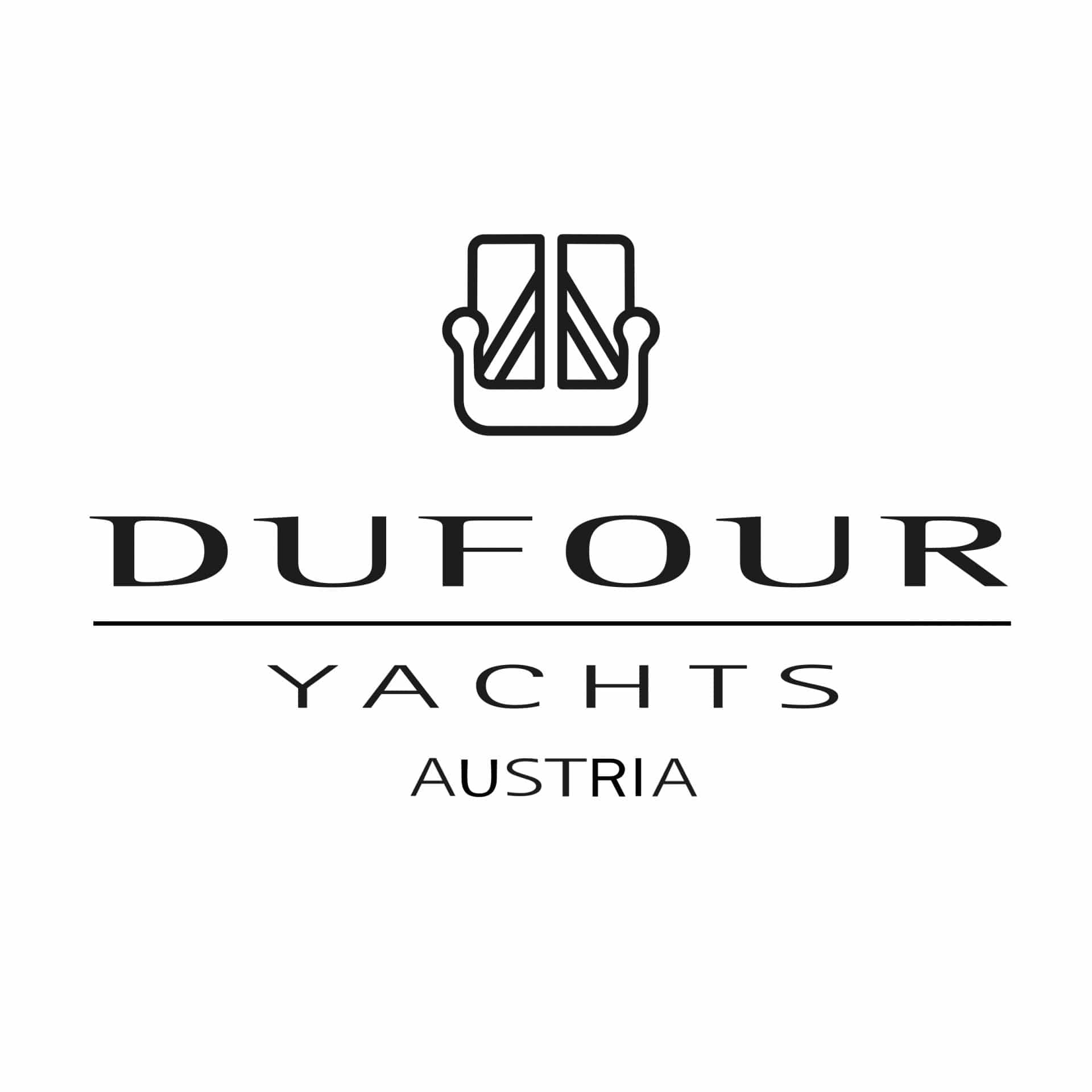History of Krk
The history of Krk: a look into the past

Early history and antiquity
The settlement of Krk began in prehistoric times. Archaeological finds, including tools and weapons, indicate that the island was already inhabited in the Stone Age. Later, around 1000 BC, the Illyrians settled on Krk. The first written evidence comes from the Greeks, who called the island “Kourikon”.
In the 3rd century BC, Krk became part of the Roman Empire. The Romans built towns, streets and impressive villas. The town of Fulfinium, whose ruins can still be visited today, is particularly noteworthy. During Roman rule, the island experienced a period of prosperity in which trade and culture flourished.
The Middle Ages and Venetian rule
After the fall of the Roman Empire, Krk became part of the Byzantine Empire. In the 9th century, the Croats arrived and began to colonise the island. The Christianisation of the island also took place in the 9th century, resulting in numerous churches and monasteries.
In 1118, the Venetians took control of Krk. This period was characterised by economic growth and cultural prosperity. The Frankopan family, one of the most powerful aristocratic families in Croatia, played a central role in the administration of the island. They sponsored the construction of fortresses, churches and public buildings, many of which are still preserved today.
Modern times to the present
After the end of Venetian rule in 1797, Krk became part of the Habsburg Empire. This era brought with it economic and infrastructural developments. After the First World War, the island became part of the Kingdom of Serbs, Croats and Slovenes, later Yugoslavia.
During the Second World War, Krk was the scene of intense fighting. After the war, the island became part of the Socialist Federal Republic of Yugoslavia. Krk has been part of independent Croatia since 1991.
Today, Krk is a popular tourist destination known for its picturesque landscapes, historic towns and rich culture. The island has managed to preserve its historical identity while promoting modern tourism.
Cultural heritage and sights
Krk is rich in cultural treasures. Krk Cathedral, which was built in the 12th century, is an impressive example of Romanesque architecture. The Frankopan Castle in the town of Krk is another highlight. This well-preserved castle offers a breathtaking view of the sea and now houses a museum.
Another cultural gem is the island of Kosljun, which is home to a Franciscan monastery. The monastery has a valuable library and a collection of religious artefacts.
The island’s traditions and customs are still practised today. The Krk Summer Festival is particularly well known and attracts numerous visitors every year. Traditional dances, music and local specialities are presented here.
Our summary
The history of Krk is rich and varied. From prehistoric settlements through the Roman heyday and Venetian rule to the modern era, the island has lived through many historical epochs. This history, combined with the natural beauty and cultural richness of the island, makes Krk a unique destination in the Adriatic.

